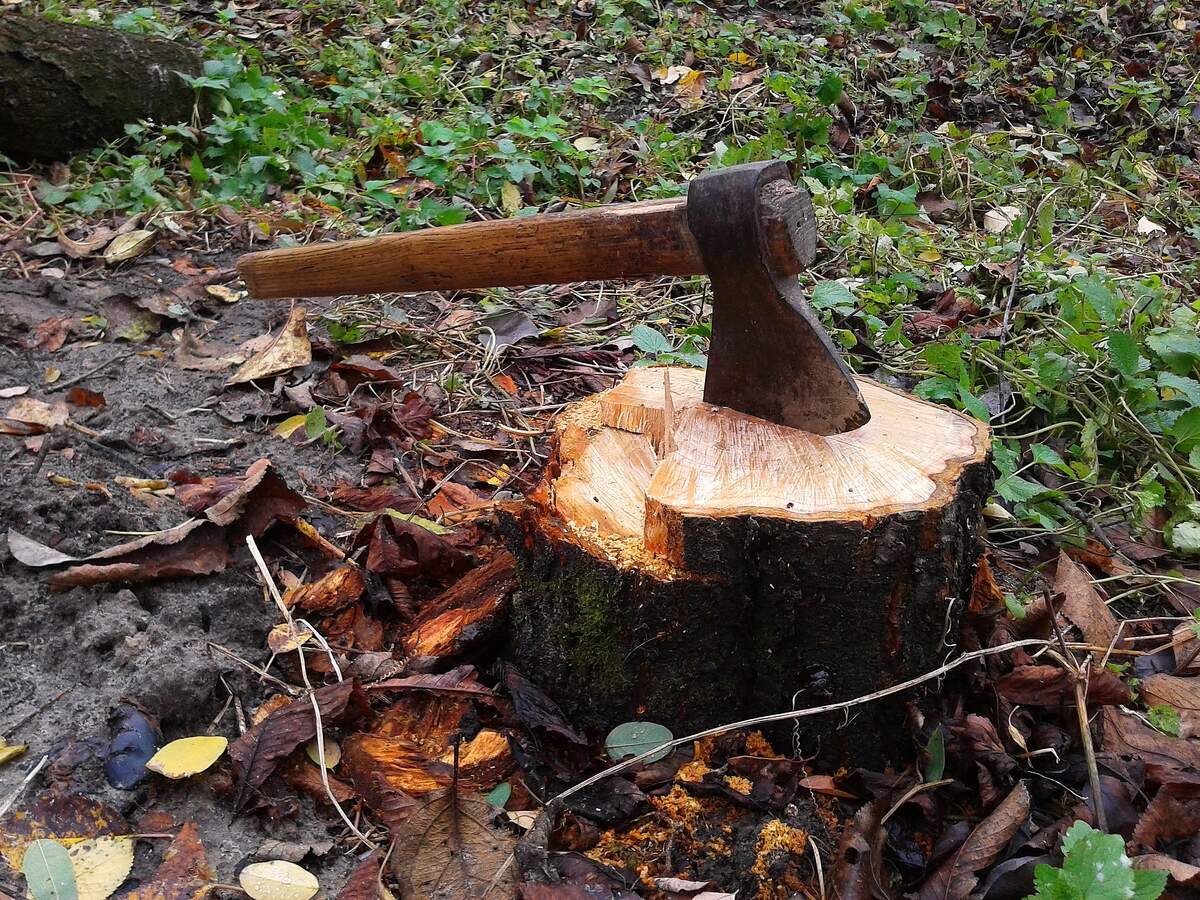

Lumberjack Day
Also known as
Eat Like a Lumberjack Day
Talk Like a Lumberjack Day
National Pancake Day (since 2013)
Observed
annually on September 26th (since 2005)
Dates
September 26th, 2023
September 26th, 2024
September 26th, 2025
September 26th, 2026
September 26th, 2027
Founded by
Colleen AF Venable in 2005
Marianne Ways in 2005
Tags
Food & Drink
Work & Career
Hashtags
Sources
Lumberjack Day celebrates the archetypal woodsman, the lumberjack. The day was created in 2005 by Marianne Ways and Colleen AF Venable as an excuse to eat pancakes and waffles with friends, and because International Talk Like a Pirate Day comes a week before it, and they wanted to celebrate a different character. Marianne thought it would be better to have a day to talk like a lumberjack as well. It has grown to be celebrated all around the country, with people getting dressed up in plaid shirts and wearing beards, and even having lumberjack parties. In 2013, the day also started being called National Pancake Day, which increased its popularity.
The term lumberjack was first mentioned in 1831 in Canada. Lumberjacks worked hard, long, and dangerous hours, and traveled to where they were needed, living in lumber camps. In their original form, they existed about a century, up until the time around World War II. They were known for using cross-cut saws and axes to clear lumber, in contrast to modern day loggers who use tools such as chainsaws, harvesters, and feller bunchers. Some characteristics that many lumberjacks had, hoped to have, or were seen as having, were pride in their work, resistance to technological transformation, competitiveness, strength, knowledge of the woods, and aggressiveness. Most lumberjacks worked in Scandinavia, Canada, and the United States, some even being immigrants from Scandinavia to North America. In the United States, they mirrored the general trajectory of migration, and first worked in northeastern states, then in the Upper Midwest, and finally the Pacific Northwest. At their height, in 1906, there were 500,000 lumberjacks. Logging camps were phased out around the time of World War II and thereafter, because new vehicles could bring loggers deep into the woods, so camps were no longer necessary. The new tools for logging also changed the nature of the work and helped end the era of the lumberjack.
Lumberjacks have gained a mythological status in American folklore and culture. They are often stereotyped as having burly beards, long sleeve flannel shirts, suspenders, and boots, and as having a voracious appetite—particularly for flapjacks or pancakes. Paul Bunyan is the main lumberjack of folklore, and real life loggers such as Jigger Johnson and Joseph Montferrand also have gained legendary status for being lumberjacks. Today, loggersports keep the traditions of lumberjacks alive, as do lumberjack shows. The Lumberjack World Championships have been held in Hayward, Wisconsin, since 1960.
How to Observe Lumberjack Day
There are many ways to celebrate the day. One of the reasons the day was created was as an excuse to talk like a lumberjack, and there are many words that can be used to do just that. A good rule of thumb is to talk loudly! While you are at it, you might as well just dress like a lumberjack too. You could use the day to eat pancakes or waffles, as that was one of the other main reasons why the day was originally created. You also could make lumberjack crafts, such as lumberjack beards, crack lumberjack jokes, or make lumberjack drinks or other lumberjack recipes. If you want to read about the history of lumberjacks, one idea is Hungry Old Mackinaw: A History of the American Lumberjack by Stewart Hollbrook.





















